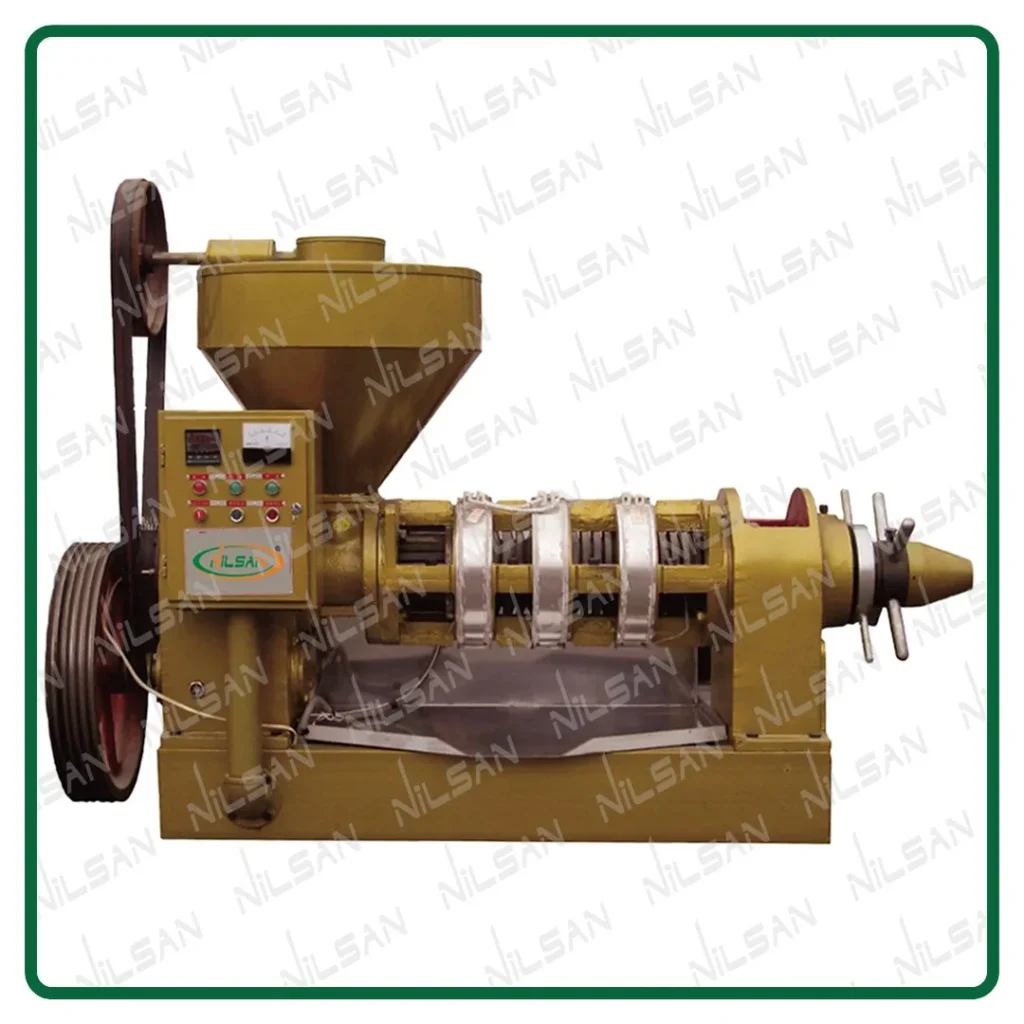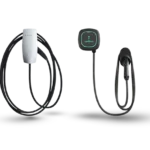In recent years, natural ingredients and health-conscious people have gotten to understand the importance of healthy food choices, and there has been an increased demand for healthy cooking oils. The cold press is a trailblazing contraption in that it has enabled the recovery of fresh, pure oil from seed and nut resources in your kitchen, keeping their original flavor, nutrition, and health benefits intact. It suits the high-efficiency production of sesame, almond, or olive oils and enables the simple way of using this method cost-effective and efficient way of enjoying quality homemade oil.
What is a Cold-Pressed Oil Machine?
Cold-pressed oils are oils popularly known as cold-pressed oils or virgin oils. These oils are a far healthier substitute for heat-processed oils since they are cleaner, more nutritious, lower in saturated fats, and higher in polyunsaturated fatty acids (PUFAs). They do popular rounds among health-conscious individuals and chefs who like to eat food that retains its aroma and nutrition.
What Is a Hot Oil Press Machine?
Hot-pressed oil is a type of oil that is extracted from seeds or nuts using heat along with pressure and friction. It has a strong smokiness and is widely used in cooking and all types of baking because of its high nutritional value. However due to high temperatures and pressures, the nutritional values of oil change. Processing of oil is done very carefully to remove the impurities and stabilize the grease. Much more cost-effective for production. After high heating, oil color and acid values increase.
Cold Oil Press Machines Versus Traditional Oil Press Machines
The way oil is extracted affects the oil quality, the flavor, and the nutritional content. The cold oil presses and the conventional oil presses both have individual advantages and disadvantages regarding oil extraction, thus necessitating a very informed decision by users.
1. Extraction Process
Cold Oil Press Machines: A cold oil extract machine processes nuts and seeds to produce oils that use mechanical pressure without the application of heat. The process occurs at low temperatures, so it still preserves most of their natural characteristics, such as their nutrients, flavor compounds, and antioxidants.
Traditional Oil Press Machines: Traditional oil extraction techniques are heating and steaming of nuts and seeds to facilitate the release of oil. This method provides some sort of yield improvement in oil production but, at the same time, compromises the healthy aspects of oil formed. This may lead to an oil that is leached from flavor and nutritional qualities.
2. Nutritional Value
Cold Oil Press Machines: Cold-pressed oils are healthier because they carry the consumption of vitamins, minerals, and antioxidants in comparison with the traditional method.
Traditional Oil Press Machines: Heating causes nutrient loss and alters the oil composition. This may reduce the health benefits of traditional oils compared to cold-pressed oils.
3. Flavour and Aroma
Cold Oil Press Machines: Cold-pressed oils offer a richer flavor and aroma than others. They preserve natural flavors, enhancing the quality of dishes, salads, marinades, and other preparations.
Traditional Oil Press Machines: Traditional oils may lack flavor, so they don’t affect the taste of end products. However, they may disappoint consumers seeking high-quality flavored oils.
4. Shelf Life
Cold Oil Press Machines: Cold-pressed oils are full of nutrients but oxidative in character. They require storing in cool, dark places for a very short shelf life due to their compounds occurring naturally.
Traditional Oil Press Machines: Conventional oil extraction methods prolong oil life by exposing the products to heat. This process reduces the enzymes and compounds that can spoil the oils.
Cost and Accessibility
Cold Oil Press Machines: Cold oil press machine is quite expensive but yield extremely superior quality oil; however, the price appears worthwhile to consumers in terms of health and flavor enhancement by their services.
Traditional Oil Press Machines: Traditional oil extraction methods are famous with large-scale producers as they are accessible and affordable but may produce low-quality oil.
Conclusion
In short, when choosing between dry or conventional oil printing materials, priorities include nutrient content, taste, or cost efficiency. Cold presses produce high-quality, nutrient-dense oils with a strong taste, while conventional types are more cost-effective and produce larger volumes. Knowing the facts about these helps to make informed decisions. Nilsan provides a good oil filter and oil mill.


